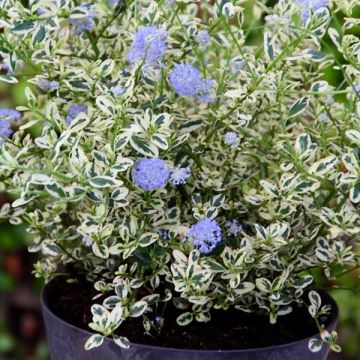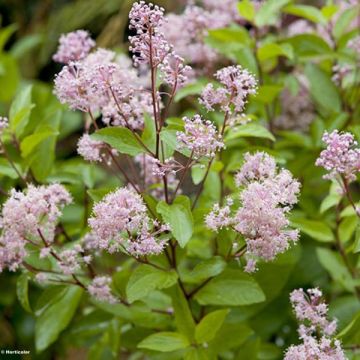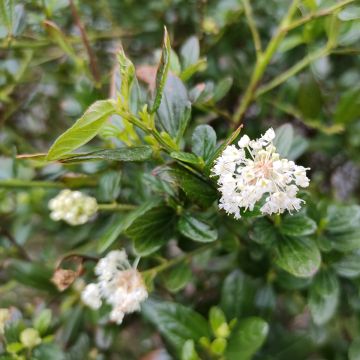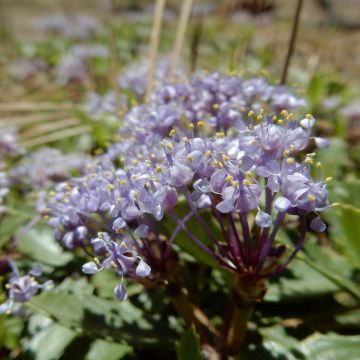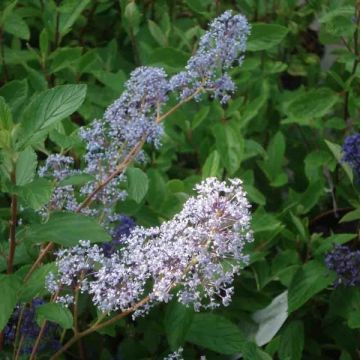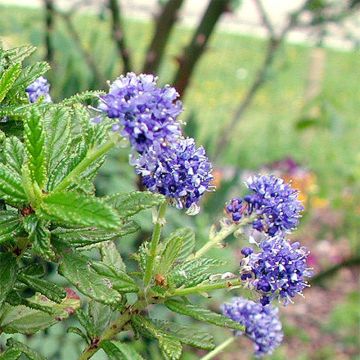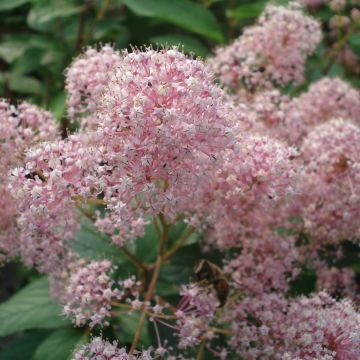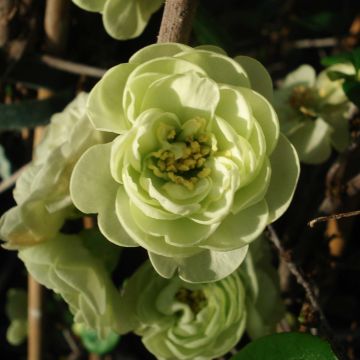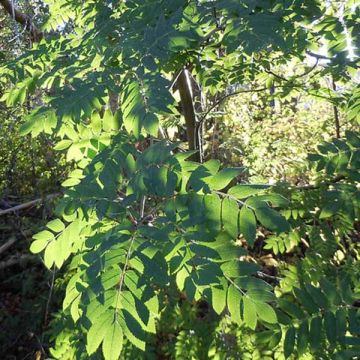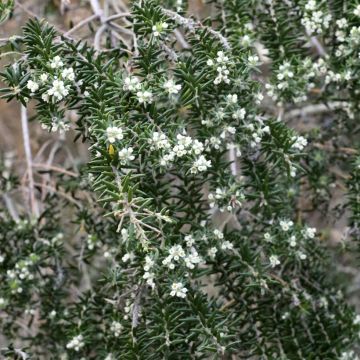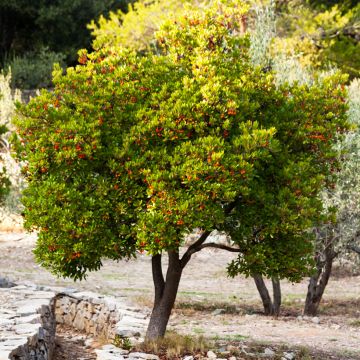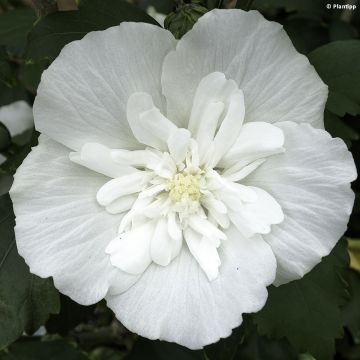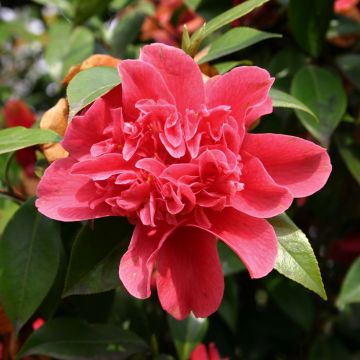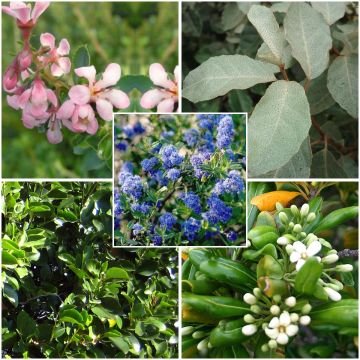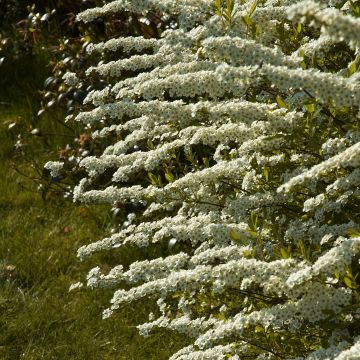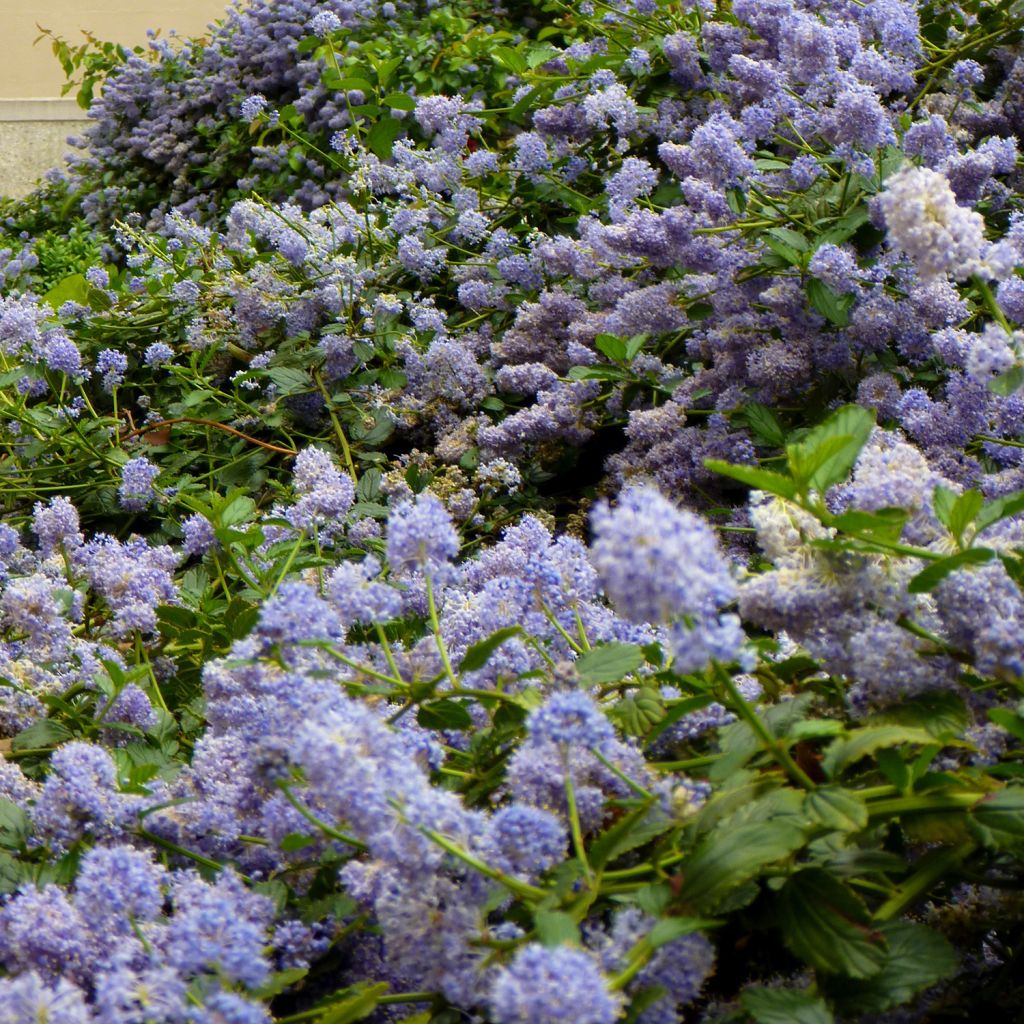

Ceanothus pallidus Marie Blue
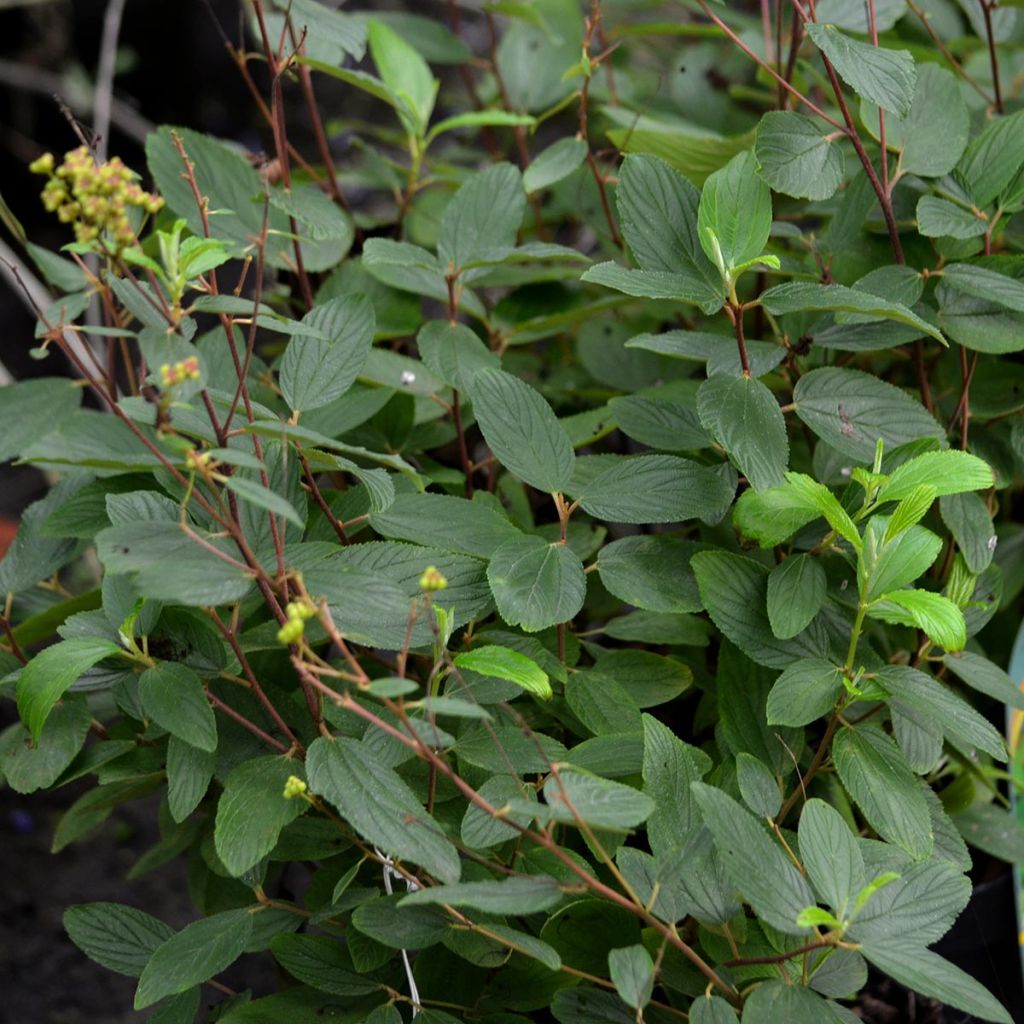

Ceanothus pallidus Marie Blue
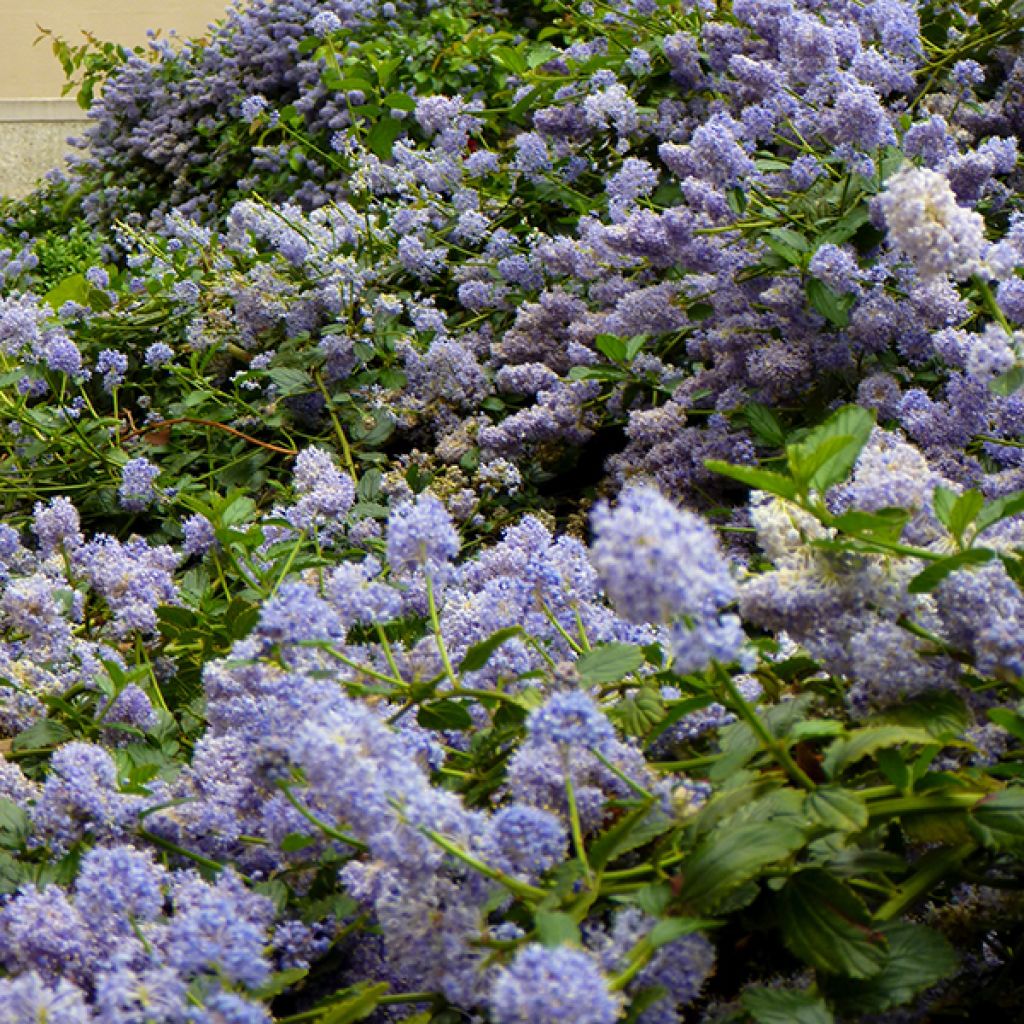

Ceanothus pallidus Marie Blue
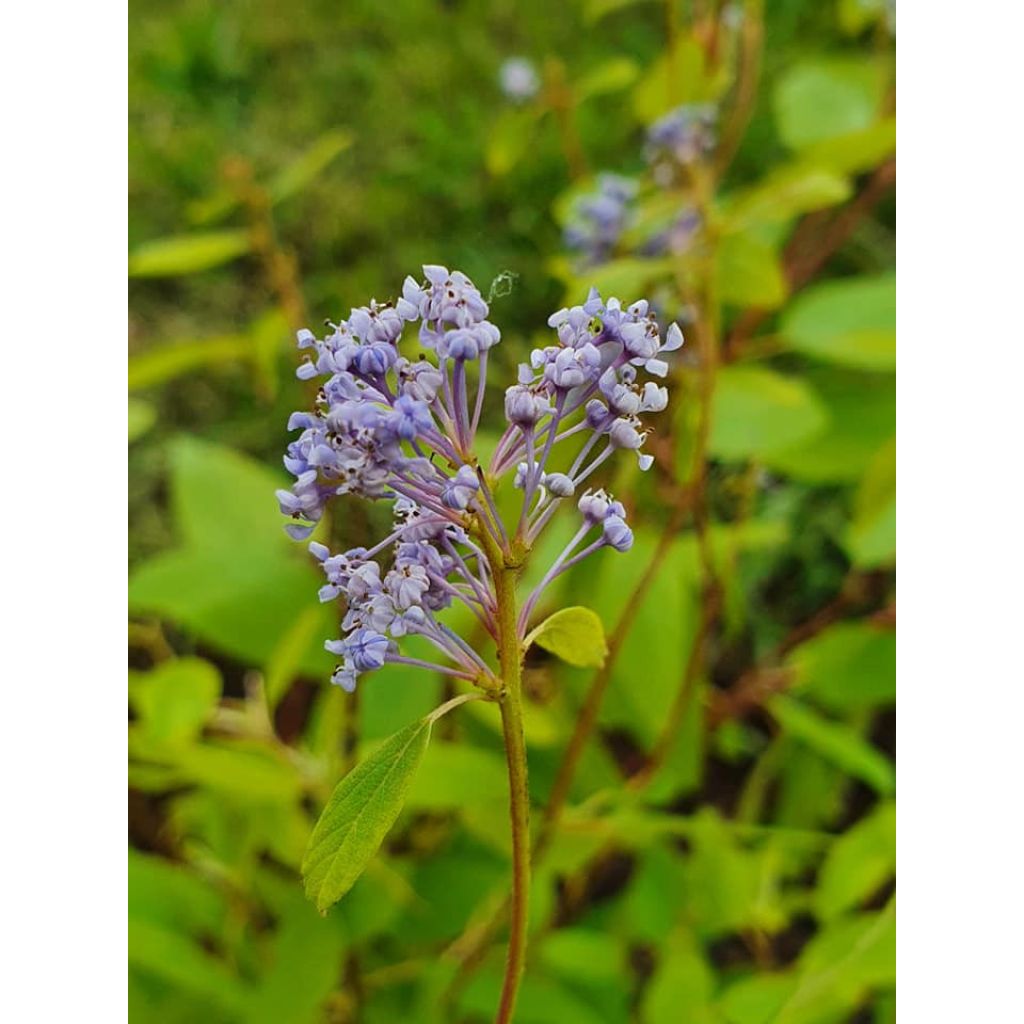

Ceanothus pallidus Marie Blue
Ceanothus pallidus Marie Blue
Ceanothus pallidus Marie Blue® 'Minmari'
California Lilac
Half-dry plant, didn't survive after <2 months of care.
nicole, 28/05/2024
This item cannot be shipped to the selected country
Delivery charge from €5.90
Delivery charge from €5.90
More information
Schedule delivery date,
and select date in basket
This plant carries a 24 months recovery warranty
More information
We guarantee the quality of our plants for a full growing cycle, and will replace at our expense any plant that fails to recover under normal climatic and planting conditions.
From €5.90 for pickup delivery and €6.90 for home delivery
Express home delivery from €8.90.
From €5.90 for pickup delivery and €6.90 for home delivery
Express home delivery from €8.90.
Does this plant fit my garden?
Set up your Plantfit profile →
Description
Ceanothus pallidus Marie Blue is a variety of California Lilac that is interesting for its very dense habit and generous sky blue summer flowering. This bush develops reddish-purple branches and bears tender green leaves, which can persist on the plant when the winter is mild. Unlike evergreen Ceanothuses, Ceanothus x pallidus flowers in summer and is hardy. Superb as a standalone or in a mass planting in any well-drained soil, even chalky and occasionally dry.
Ceanothus Marie Blue belongs to the Rhamnaceae family, it was obtained in 2003 by the Minier Nurseries. Ceanothus x pallidus is the result of a cross between Ceanothus delilianus and C. ovatus. It is a rounded, highly-branched shrub that quickly reaches about 1.50m (4ft 11in) in height and 1m (3ft 4in) in width. Its stems are slender, well-branched, and dark red-purple in colour. They bear ovate to lanceolate leaves of a fairly light green that fall in autumn outside of our regions spared by severe frost. The flowering is long, occurring from July to early September. One-year-old branches produce branched inflorescences filled with short panicles, themselves composed of tiny slightly fragrant flowers. Their colour is mauve blue at first, quickly fading to sky blue. The fruits are small, shiny dark red, quite decorative.
Ceanothus Marie Blue is most often used in shrub borders or hedges, for example, in the company of its pink-flowered counterpart Marie Simon, 'Snowball Viburnums (Viburnum opulus), Lilacs (Syringa), Deutzia or Mock Oranges (Philadelphus). It is an excellent ornamental shrub that is easy to grow in ordinary, well-worked garden soil, even slightly chalky. It can withstand short frosts of around -15 °C. Its lovely flowering attracts bees and many pollinators.
Report an error about the product description
Ceanothus pallidus Marie Blue in pictures


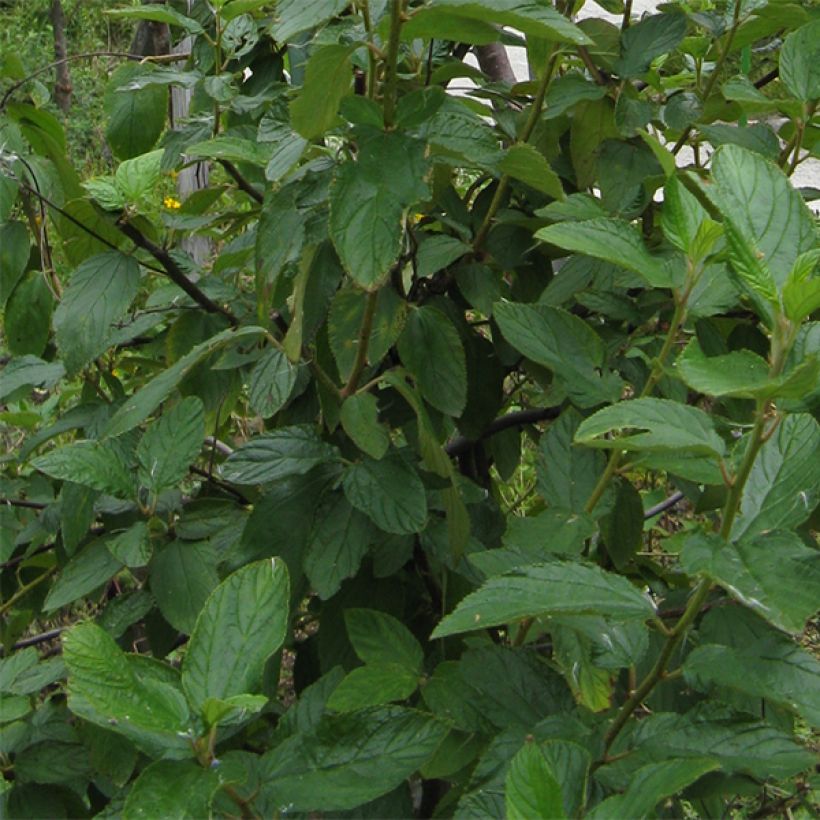

Plant habit
Flowering
Foliage
Botanical data
Ceanothus
pallidus
Marie Blue® 'Minmari'
Rhamnaceae
California Lilac
Cultivar or hybrid
Other Ceanothus
Planting and care
Hardy up to -15°C when fully grown, Ceanothus Marie Blue may fear colder climates than this: plant in a sunny position, sheltered from the wind and protect young plants in case of predicted cold. It needs well-drained soil, as it dreads excess moisture and appreciates fertile soil enriched with compost. It tolerates all types of soil except very chalky or too clayey soils. This bush is not adapted to the Mediterranean climate (unlike its evergreen cousins), which is much too dry and hot in summer. It is an easy plant to grow as long as the soil remains slightly moist in summer, but does not retain stagnant moisture in winter. It is pruned in March.
Planting period
Intended location
Care
-
, onOrder confirmed
Reply from on Promesse de fleurs
Hedge shrubs
Haven't found what you were looking for?
Hardiness is the lowest winter temperature a plant can endure without suffering serious damage or even dying. However, hardiness is affected by location (a sheltered area, such as a patio), protection (winter cover) and soil type (hardiness is improved by well-drained soil).

Photo Sharing Terms & Conditions
In order to encourage gardeners to interact and share their experiences, Promesse de fleurs offers various media enabling content to be uploaded onto its Site - in particular via the ‘Photo sharing’ module.
The User agrees to refrain from:
- Posting any content that is illegal, prejudicial, insulting, racist, inciteful to hatred, revisionist, contrary to public decency, that infringes on privacy or on the privacy rights of third parties, in particular the publicity rights of persons and goods, intellectual property rights, or the right to privacy.
- Submitting content on behalf of a third party;
- Impersonate the identity of a third party and/or publish any personal information about a third party;
In general, the User undertakes to refrain from any unethical behaviour.
All Content (in particular text, comments, files, images, photos, videos, creative works, etc.), which may be subject to property or intellectual property rights, image or other private rights, shall remain the property of the User, subject to the limited rights granted by the terms of the licence granted by Promesse de fleurs as stated below. Users are at liberty to publish or not to publish such Content on the Site, notably via the ‘Photo Sharing’ facility, and accept that this Content shall be made public and freely accessible, notably on the Internet.
Users further acknowledge, undertake to have ,and guarantee that they hold all necessary rights and permissions to publish such material on the Site, in particular with regard to the legislation in force pertaining to any privacy, property, intellectual property, image, or contractual rights, or rights of any other nature. By publishing such Content on the Site, Users acknowledge accepting full liability as publishers of the Content within the meaning of the law, and grant Promesse de fleurs, free of charge, an inclusive, worldwide licence for the said Content for the entire duration of its publication, including all reproduction, representation, up/downloading, displaying, performing, transmission, and storage rights.
Users also grant permission for their name to be linked to the Content and accept that this link may not always be made available.
By engaging in posting material, Users consent to their Content becoming automatically accessible on the Internet, in particular on other sites and/or blogs and/or web pages of the Promesse de fleurs site, including in particular social pages and the Promesse de fleurs catalogue.
Users may secure the removal of entrusted content free of charge by issuing a simple request via our contact form.
The flowering period indicated on our website applies to countries and regions located in USDA zone 8 (France, the United Kingdom, Ireland, the Netherlands, etc.)
It will vary according to where you live:
- In zones 9 to 10 (Italy, Spain, Greece, etc.), flowering will occur about 2 to 4 weeks earlier.
- In zones 6 to 7 (Germany, Poland, Slovenia, and lower mountainous regions), flowering will be delayed by 2 to 3 weeks.
- In zone 5 (Central Europe, Scandinavia), blooming will be delayed by 3 to 5 weeks.
In temperate climates, pruning of spring-flowering shrubs (forsythia, spireas, etc.) should be done just after flowering.
Pruning of summer-flowering shrubs (Indian Lilac, Perovskia, etc.) can be done in winter or spring.
In cold regions as well as with frost-sensitive plants, avoid pruning too early when severe frosts may still occur.
The planting period indicated on our website applies to countries and regions located in USDA zone 8 (France, United Kingdom, Ireland, Netherlands).
It will vary according to where you live:
- In Mediterranean zones (Marseille, Madrid, Milan, etc.), autumn and winter are the best planting periods.
- In continental zones (Strasbourg, Munich, Vienna, etc.), delay planting by 2 to 3 weeks in spring and bring it forward by 2 to 4 weeks in autumn.
- In mountainous regions (the Alps, Pyrenees, Carpathians, etc.), it is best to plant in late spring (May-June) or late summer (August-September).
The harvesting period indicated on our website applies to countries and regions in USDA zone 8 (France, England, Ireland, the Netherlands).
In colder areas (Scandinavia, Poland, Austria...) fruit and vegetable harvests are likely to be delayed by 3-4 weeks.
In warmer areas (Italy, Spain, Greece, etc.), harvesting will probably take place earlier, depending on weather conditions.
The sowing periods indicated on our website apply to countries and regions within USDA Zone 8 (France, UK, Ireland, Netherlands).
In colder areas (Scandinavia, Poland, Austria...), delay any outdoor sowing by 3-4 weeks, or sow under glass.
In warmer climes (Italy, Spain, Greece, etc.), bring outdoor sowing forward by a few weeks.

































